When I call mFirebaseAuth.signOut() or mFirebaseUser.delete() my FirebaseAuth.AuthStateListener() works correctly and returns null as FirebaseUser instance in onAuthStateChanged, I refresh UI and show "Sign in with Google" button.
But when I want to log in again, I don't see the dialog with users (I have 2 users on my device, attached the image). The app shows this dialog only in first sign in, after that it uses the same user. If I clear app's data on the settings screen I will be able to see this dialog again.
My question is how to show this dialog after every sign out.
I run this code when press Sign In button:
// in onCreate()
GoogleSignInOptions gso = new GoogleSignInOptions.Builder(GoogleSignInOptions.DEFAULT_SIGN_IN)
.requestIdToken(getString(R.string.default_web_client_id))
.requestEmail()
.build();
mGoogleApiClient = new GoogleApiClient.Builder(this)
.enableAutoManage(this /* FragmentActivity */, this /* OnConnectionFailedListener */)
.addApi(Auth.GOOGLE_SIGN_IN_API, gso)
.build();
// in OnClickListener
Intent signInIntent = Auth.GoogleSignInApi.getSignInIntent(mGoogleApiClient);
startActivityForResult(signInIntent, FirebaseActivity.REQUEST_SIGN_IN);
In onActivityResult(), I get an instance of GoogleSignInResult so everything I need happens after I call startActivityForResult().
